The Certosa island in the Venetian lagoon has a rich history of over a millennium, even if it is far from obvious for the visitors nowadays.
Today the island is mostly a public park, with lawns, trees, and a bar and a restaurant. There’s also various activities like a marina and a small shipyard.
However, for eight centuries there was an important Carthusian monastery on the island, with a large church dedicated to St Andreas.
In the 1800s the Austrians turned the island into a fortress, and in the 1900s the Italian military into a munitions factory. For a period In the 1980s and 1990s the lagunari, the Italian marines, used it as a training ground. After that it was abandoned.
After some years, the island was totally overgrown and mostly inaccessible. Somebody released rabbits and pheasants on the island, probably to go hunting later.
Recovery of the island started in the early 2000s. First it was organised by a group of citizen volunteers, but later the island was formally given in concession to the company Vento di Venezia which is still in charge of the island.
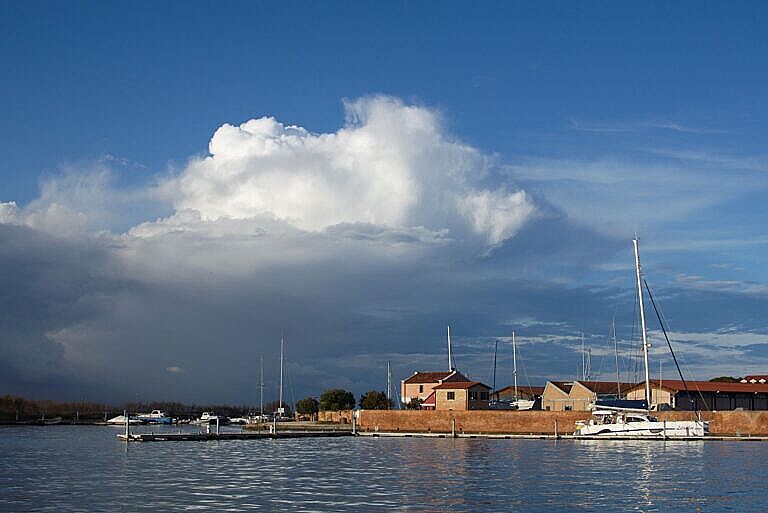
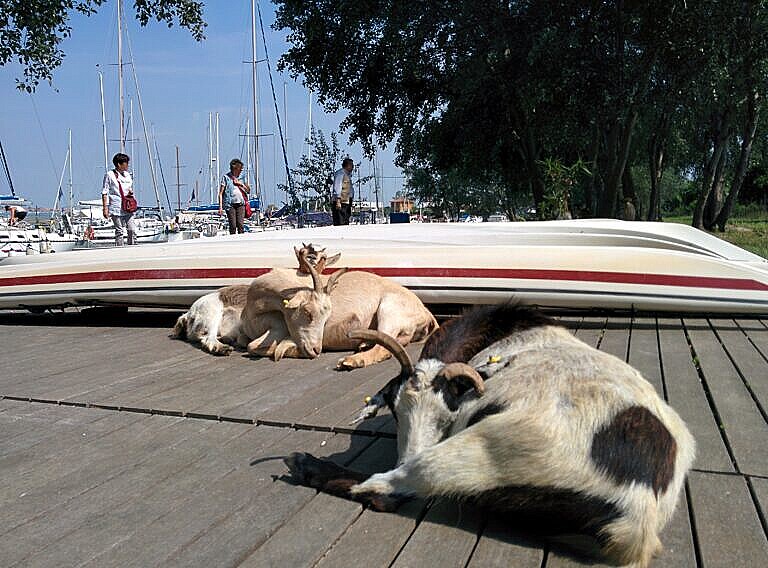
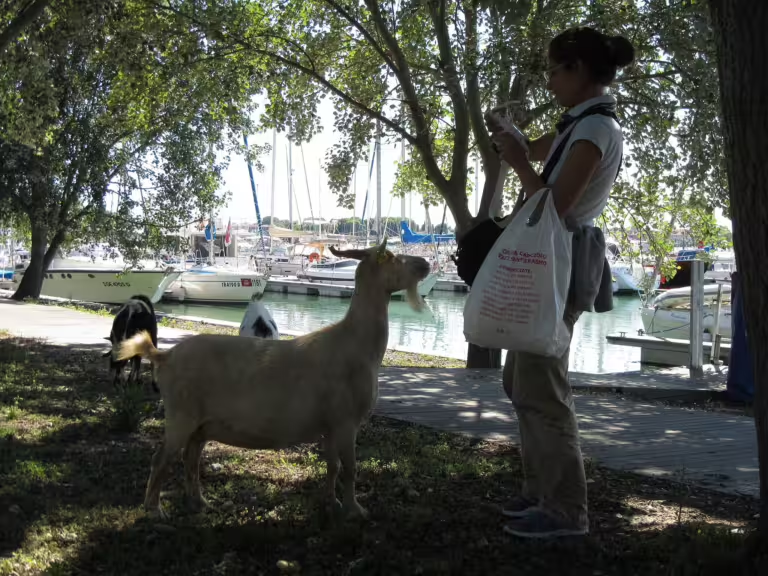
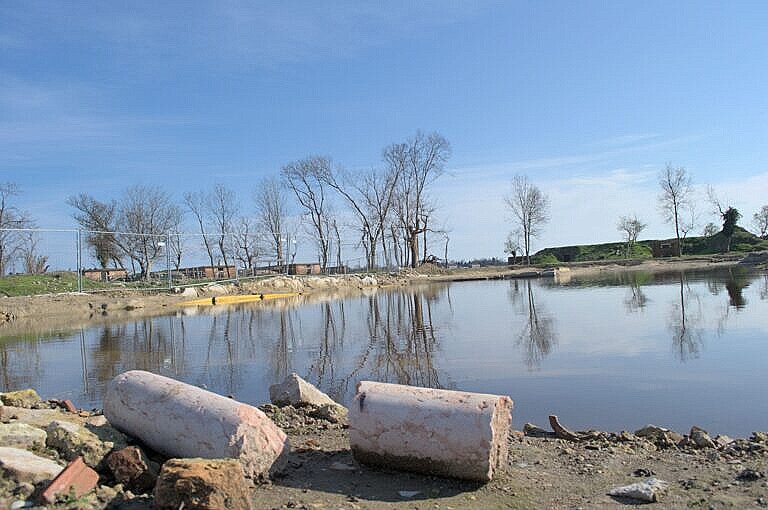
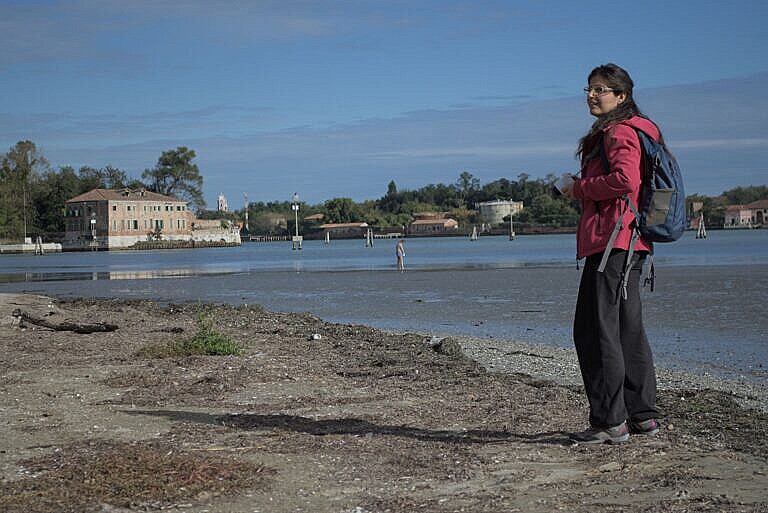
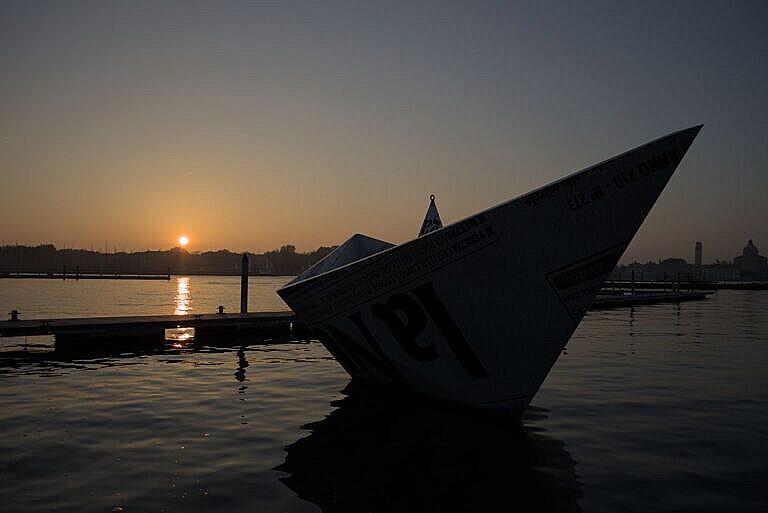
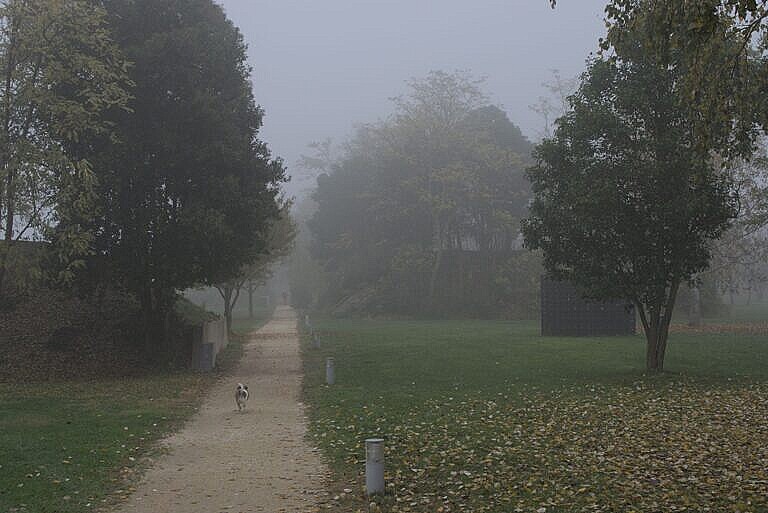

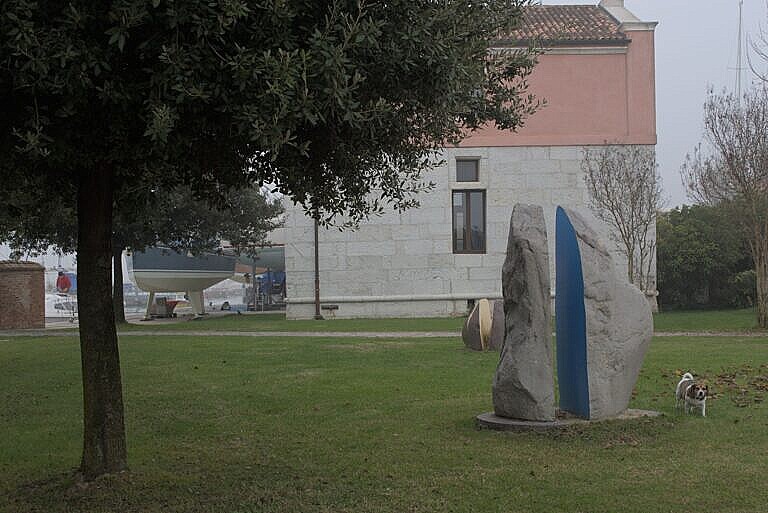
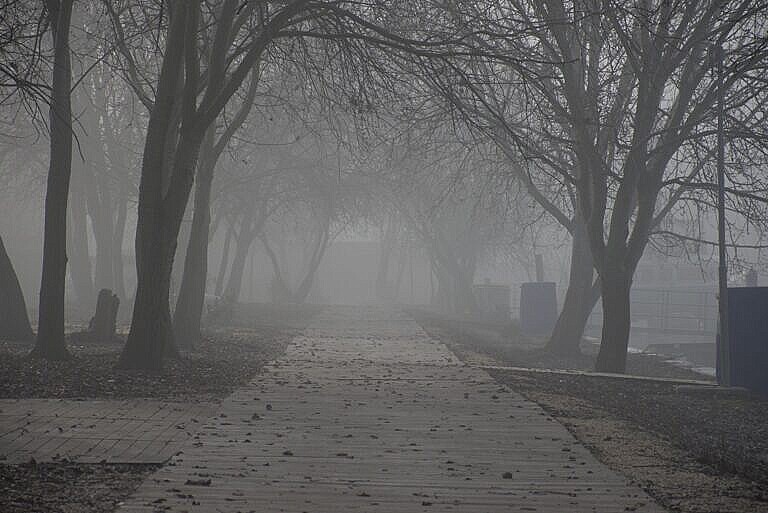

How to get to the Certosa island
The Certosa island is accessible with public transport. The vaporetto lines 4.1 and 4.2 services the island from early morning to the evening. There’s a supplementary service with lines 5.1 and 5.2 in the evening hours, and the company in charge of the island has an on-demand night service.
The vaporetto line 4.1 arrives at the Certosa, passing Ferrovia, Piazzale Roma, the Giudecca, San Marco (20 minutes), Arsenale, Giardini and Sant’Elena.
The line 4.2 arrives from Murano, Fondamente Nove (20 minutes) and San Pietro di Castello.
Bibliography
Busato, Davide and Paola Sfameni (eds.). L’isola della Certosa di Venezia: ambiente e storia tra passato e presente. Mira (Venezia): Centro studi Riviera del Brenta, 2009.
Crovato, Giorgio and Maurizio Crovato. Isole abbandonate della laguna : com’erano e come sono. Teddington : San Marco Press, 2008.

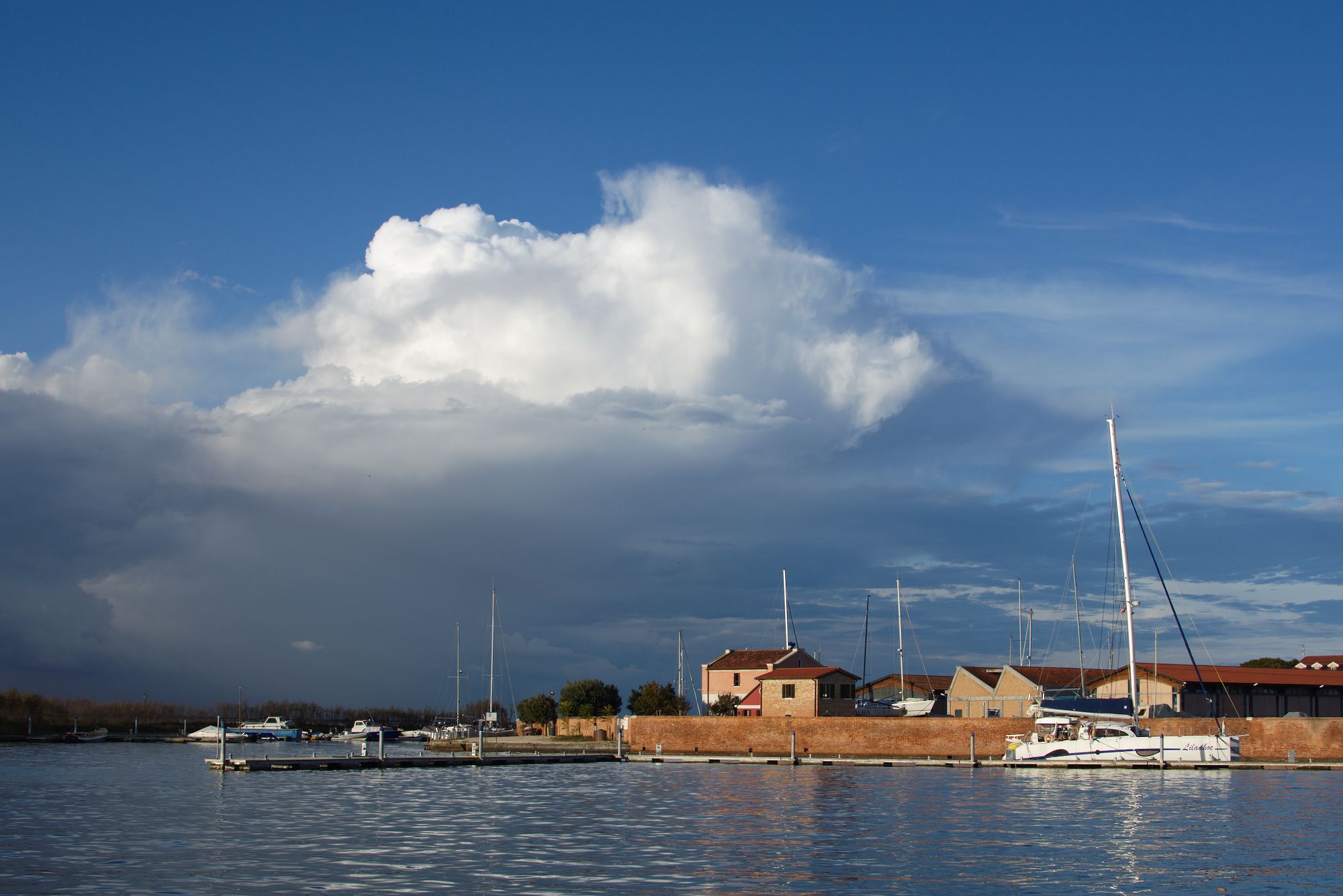
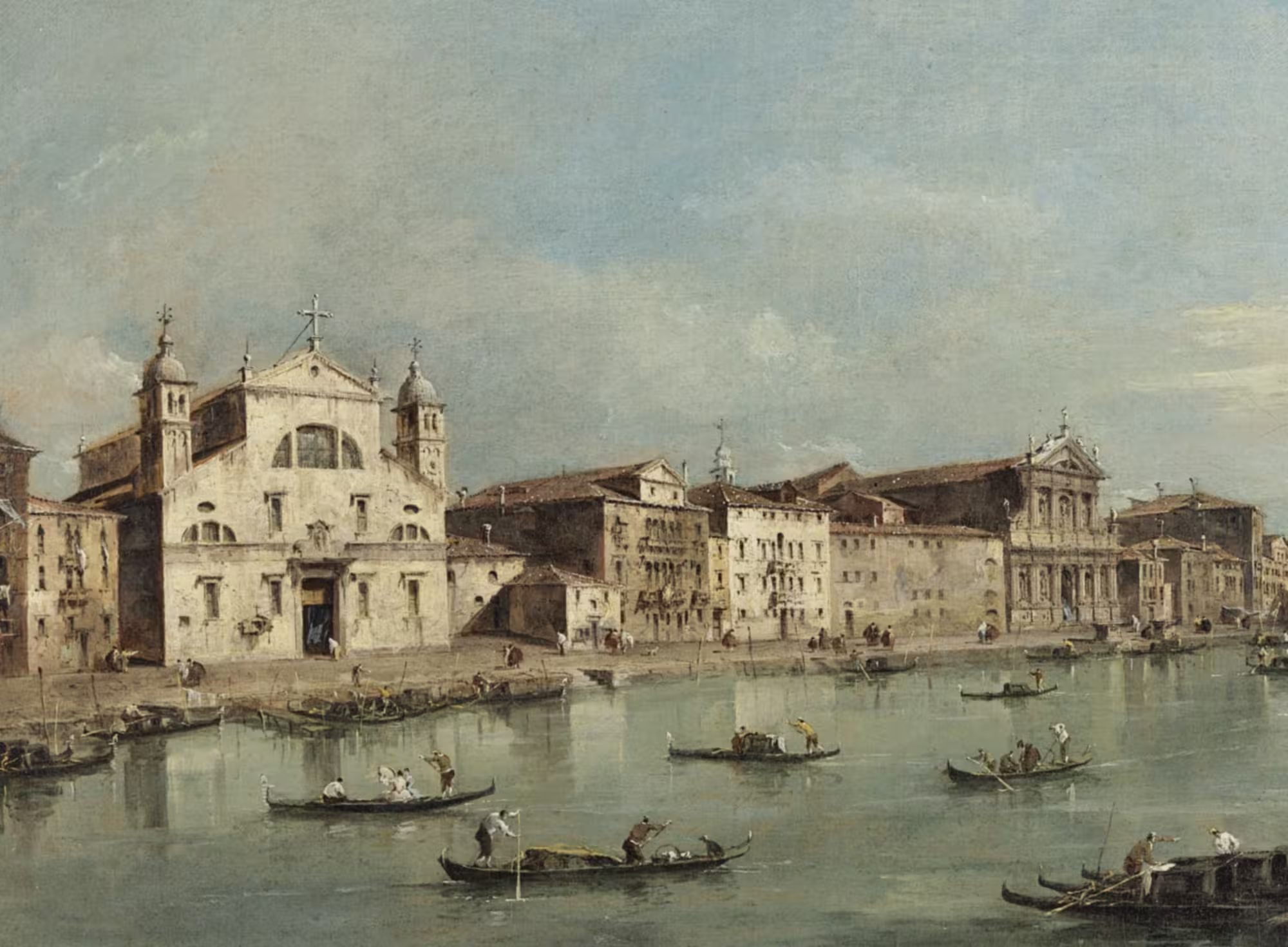
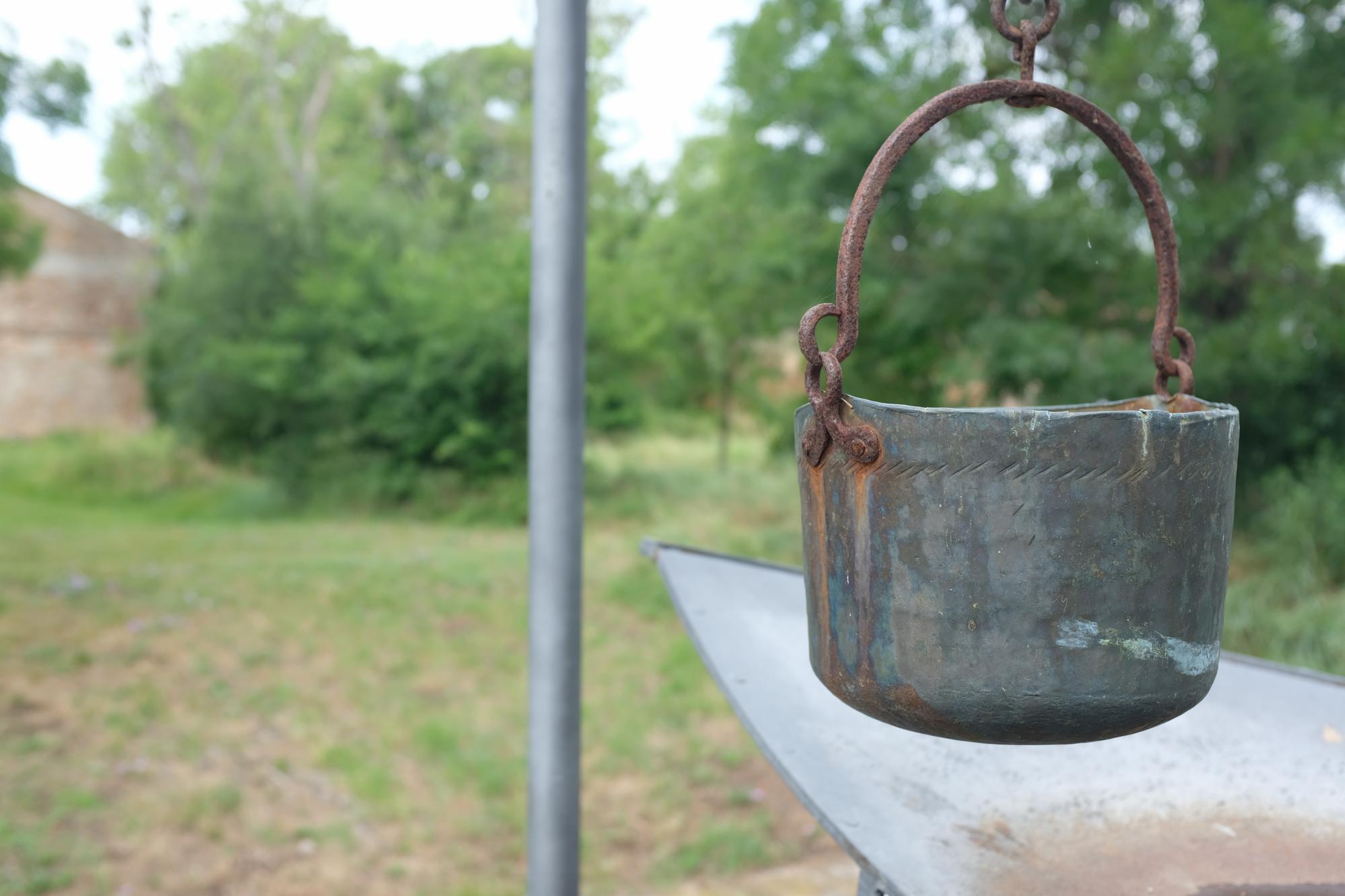
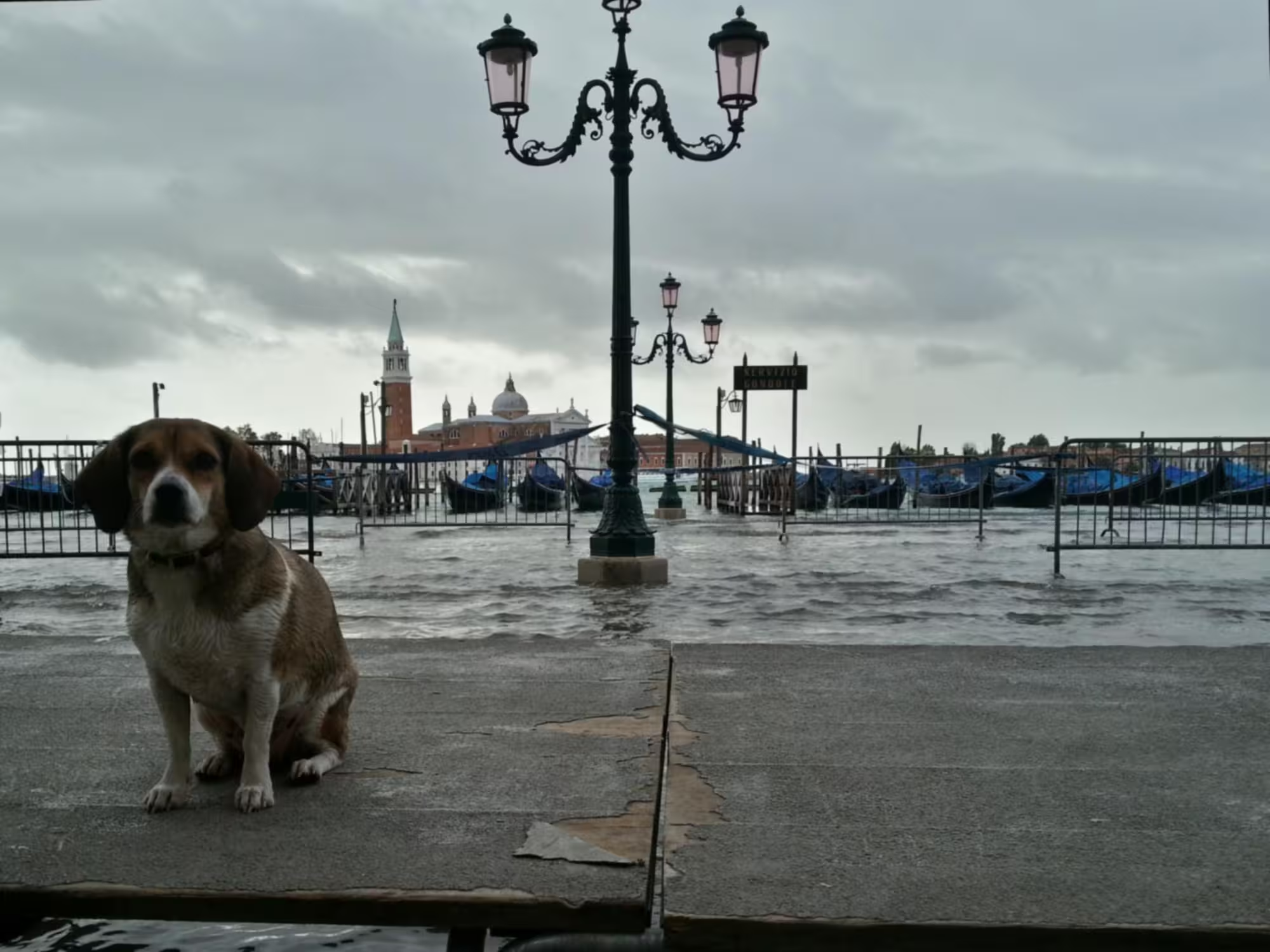
Leave a Reply